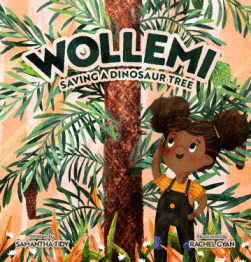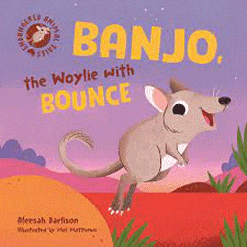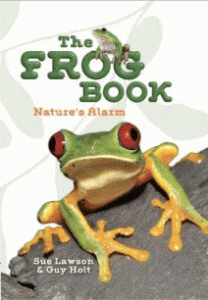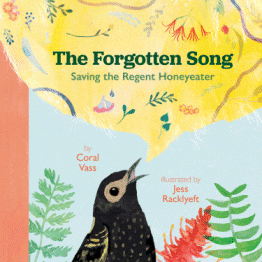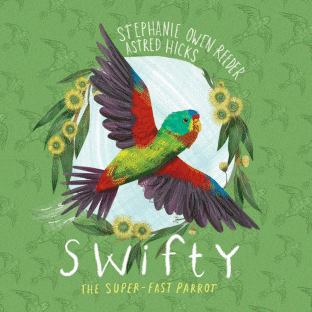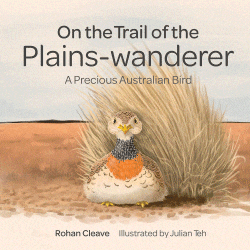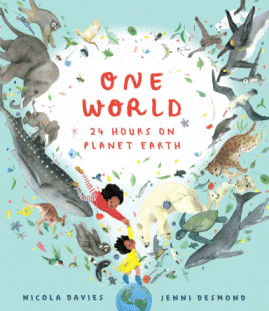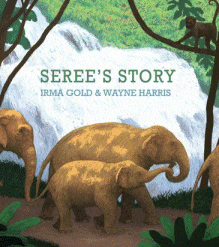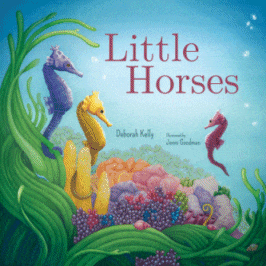
Little Horses
Little Horses
Deborah Kelly
Jenni Goodman
Wombat Books, 2024
32pp., hbk., RRP $A24.99
9781761111310
Out in the bay, where sailboats glide
Little horses drift and glide
Changing colours so predators pass
In gardens of sponge and coral and grass
In the calm peaceful waters, disturbed only by the rise and fall of the tide, little seahorses spend their lives swaying with the movement of the water, occasionally spotted by sharp-eyed scuba divers who are lucky to see them amongst the seaweed. They give birth and raise their young in a way that only seahorses do, continuing a cycle that is generations old.
But then a storm hits the bay and the seahorses are swept away from their home by the tumbling, crashing waves to a barren place where there are no sponges, coral and grass until…
Inspired by true events when severe storms hit Port Stephens, NSW between 2010 and 2013 and almost wiped out the fragile population of White’s Seahorses (hippocampus whitei) – so much so that it was declared endangered on the IUCN list – this story tells the story of how scuba diver David Haraski spotted two seahorses beginning to build a new home on an old lobster pot that had also been swept away bit which was starting to sprout new corals and sponges. With the adage, “If we build it, they will come” in mind, in 2018 Haraski built and placed the first seahorse hotel onto the Port Stephens seabed – and it worked. Haraski the tried his concept in Sydney Harbour where there were other endangered populations and now these seahorses hotels are springing up around the world, including a dedicated breeding program at Sydney Sea Life.
This is such a positive spin on how humans are working to save the environment and its creatures that it deserves a place in any library collection to support the environment and sustainability curriculum. The gentle rhyme has a rhythm that mimics the wave movement, building to a crescendo when the storm hits, and all set against eye-catching artwork that is so lifelike. There are notes about both the seahorses themselves and the seahorse hotels to add context and whet the appetite to know more and explore further.
With summer beach holiday memories still fresh in the mind, this is the ideal time to encourage students to think what lies below the yellow sands, beneath the rockpool calm and beyond the sparkling waters and used together with Beach Song and Voice of the Sea, there is the trifecta of storybooks to form the basis of the investigation.
